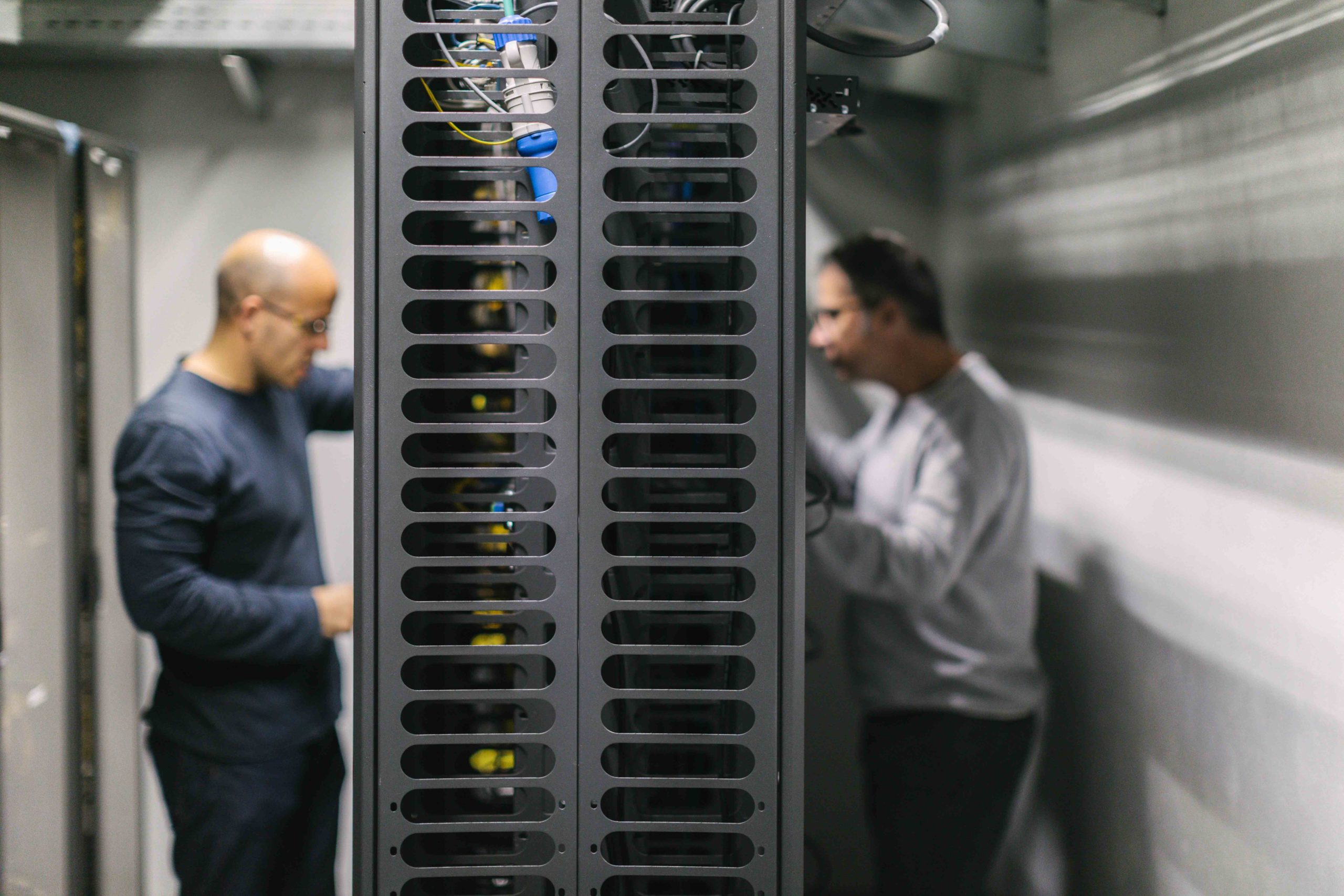Technological innovation is the foundation for this new era of digital transformation. Cloud computing, Big Data, and the IoT are just a few of the concepts that are transforming our environment and lifestyle on a day-to-day basis.
Companies have to adapt to these changes and data center services are a fundamental collaborator in this process, generating great expectations. In such a vast market, traditional data centers can become obsolete quickly, besides presenting challenges in flexibility and limited capacity for growth. Taking into account technological developments in the business environment as well as growth in applications, the disadvantages surrounding a traditional data center have increased considerably.
In view of the above, modularity has strongly influenced the market and is positioned as the best methodology for data center implementation and development.
Traditional vs. Modular
A traditional data center presents among other flaws, slowness, and low resource density. This in addition to the complications associated with making any expansion, due to the fact that a small change in the auxiliary or cooling systems could affect the successful operation of the whole. A few problems with traditional data centers include:
- Extended build time for delivery.
- Reduced capacity for expansion.
- High energy consumption.
- Difficulties in the data center’s operation and maintenance.
- Rapid obsolescence.
When it comes to energy expenses, it’s become an undisputed truth that the price of energy never stops rising, which is why many companies want to control efficiency and its associated costs— they have a direct impact on their operations and business.
A modular data center is defined by its fluidity, dividing resources into different compartments based on technological standards. The entire data center is divided into individual areas which are sized depending on scale, load, configuration, cooling systems, management systems, etc, depending on a unified standard. This keeps modules from interfering with each other and makes them independently operational without sharing of resources. This separation also allows the implementation of the latest technological innovations in each new project. Some advantages of a modular data center include:
- Rapid deployment and less time for assembly.
- Multiple implementation phases.
- Standardized, stable, and reliable modules.
- Environmental protection and energy conservation.
- Smart management and highly efficient operation.
The unique characteristics of a modular data center
Evolving improvement
With every implementation and project, further innovation becomes possible, in addition to the application of the latest technology on a moment-by-moment basis, which means greater efficiency and improved evolution.
Implementation speed
A traditional data center can take around two years to be installed from conceptualization to being put into functional use. In contrast, implementing a modular data center is much faster.
Time is money and being able to install a data center in a shorter amount of time is a competitive advantage. Implementing new technology before the competition does can be the key to increasing cost-effectiveness compared to the rest of the companies operating in your sector.
Productivity
Another advantage of installing your infrastructure in a modular data center is the financial savings. Usually, modular data centers, apart from adapting completely to your concrete needs, are also energetically more efficient and more effective to operate than traditional data centers. This can mean major savings in implementation and post-installation maintenance costs for businesses.
Adam, modular data center pioneer
At Adam, we’ve spent 18 years developing and implementing modular data centers, and incorporating the described advantages and technological improvements into each new version. Also, before carrying out any updates or expansions, we meet with the technical team, the management team, and manufacturers to establish the best parameters so that we can implement the latest technological advances in efficiency and reliability. This allows us, for example, to have UPS at an efficiency rate of 3-4% more than the prior year. At first glance, it may not seem very significant, but if you look at it through the prism of 24x7x365 usage, it’s actually a considerable savings in energy use.
Our top priority is using the best practices possible to guarantee security and reliability to our clients and ensure their peace-of-mind.

This article has been written by
Adam

